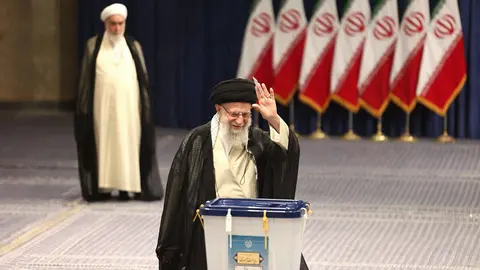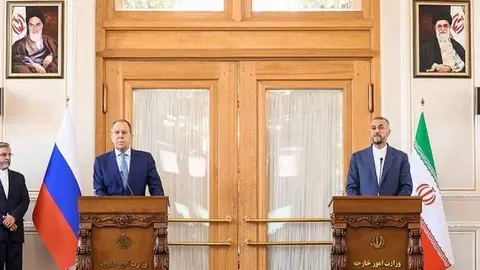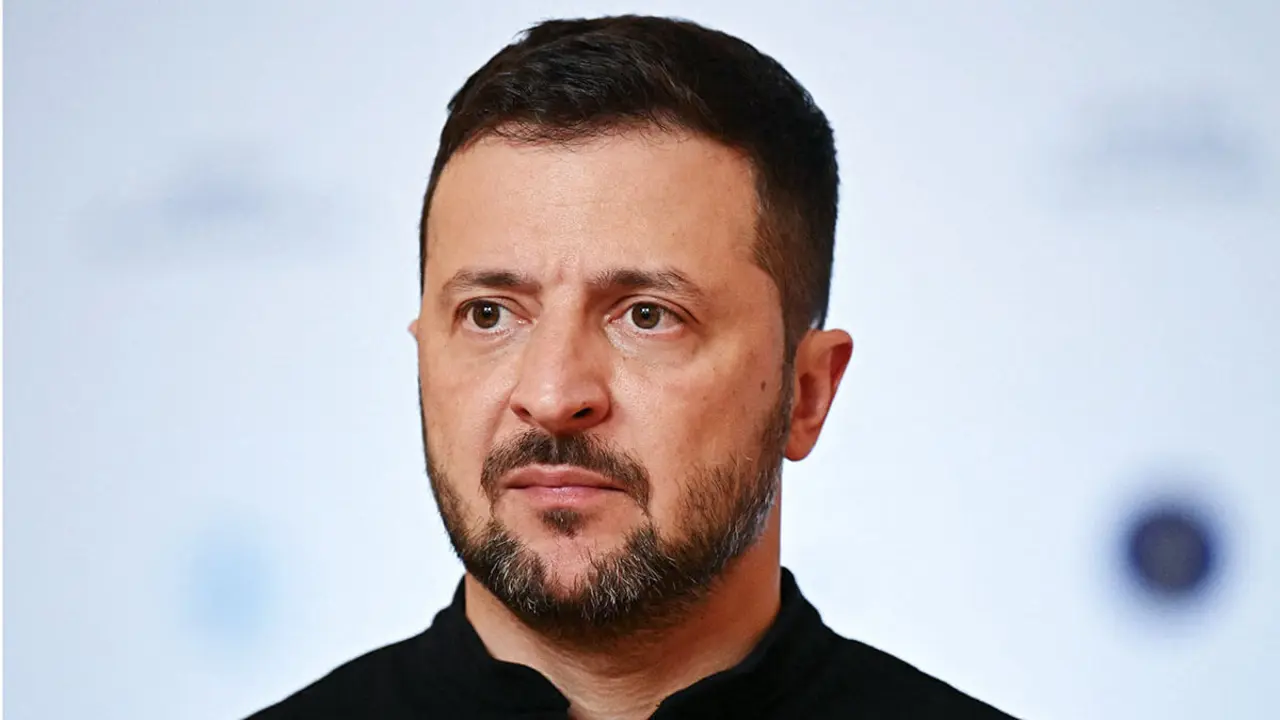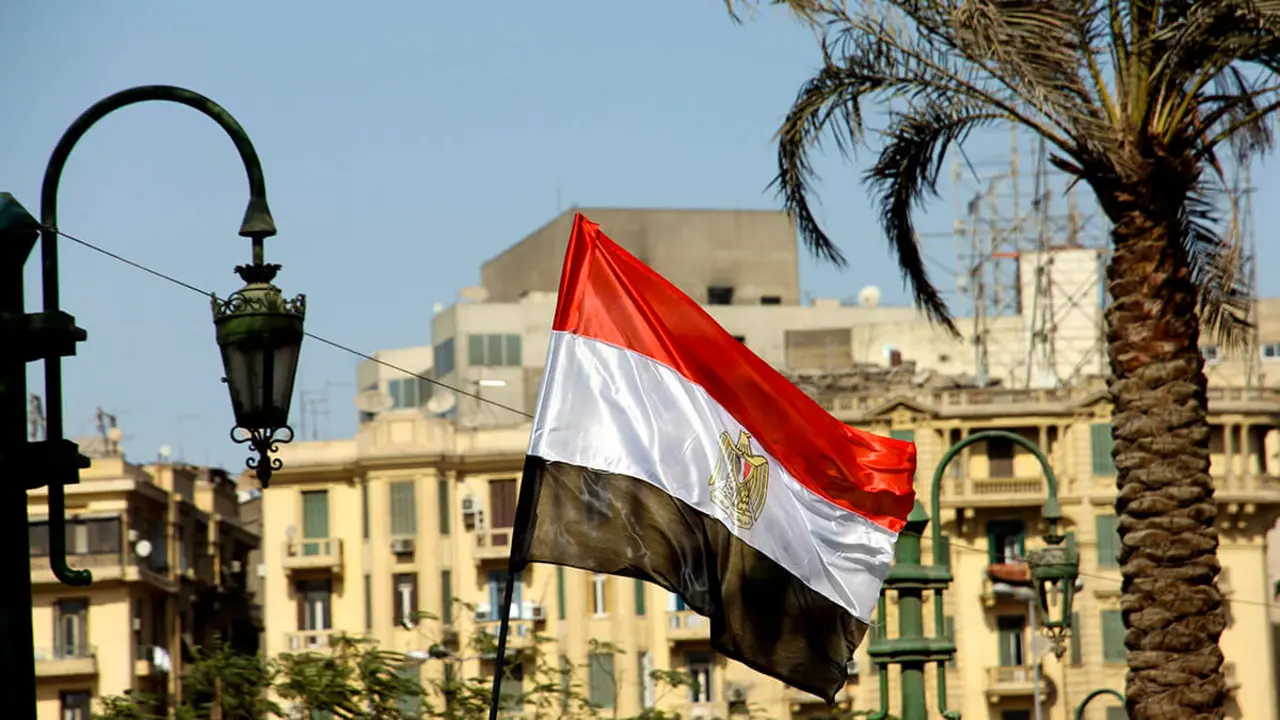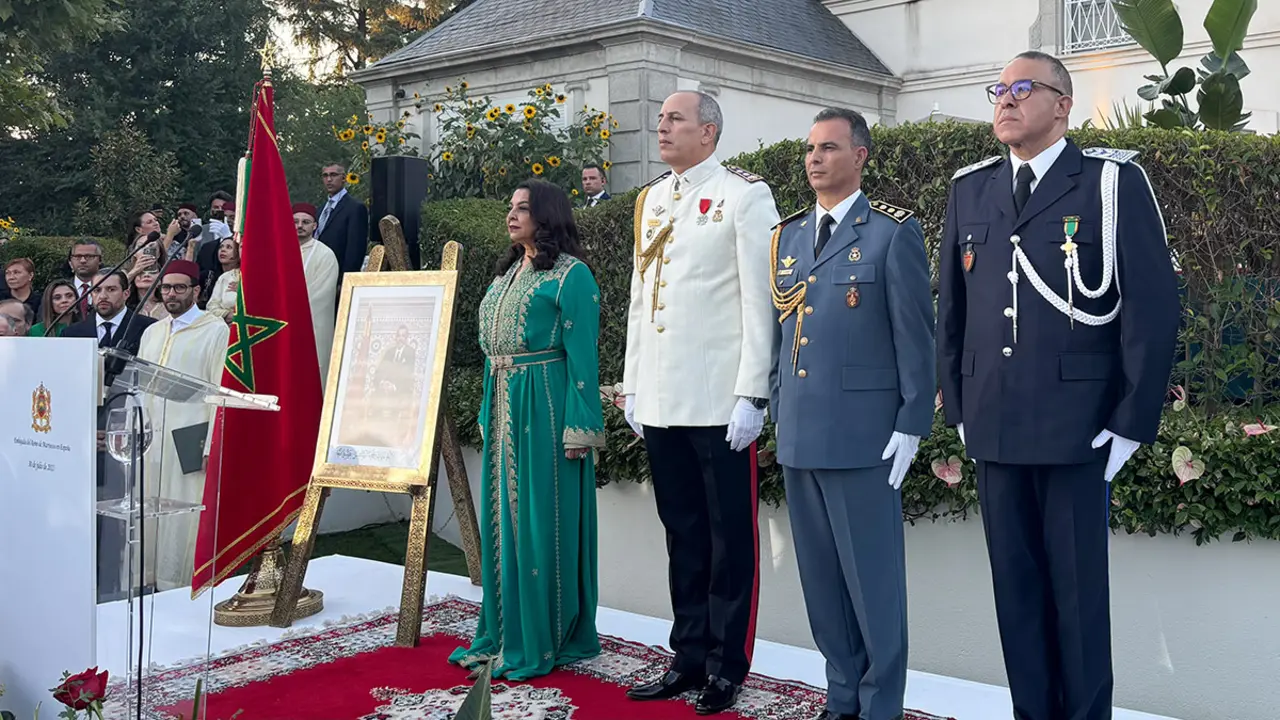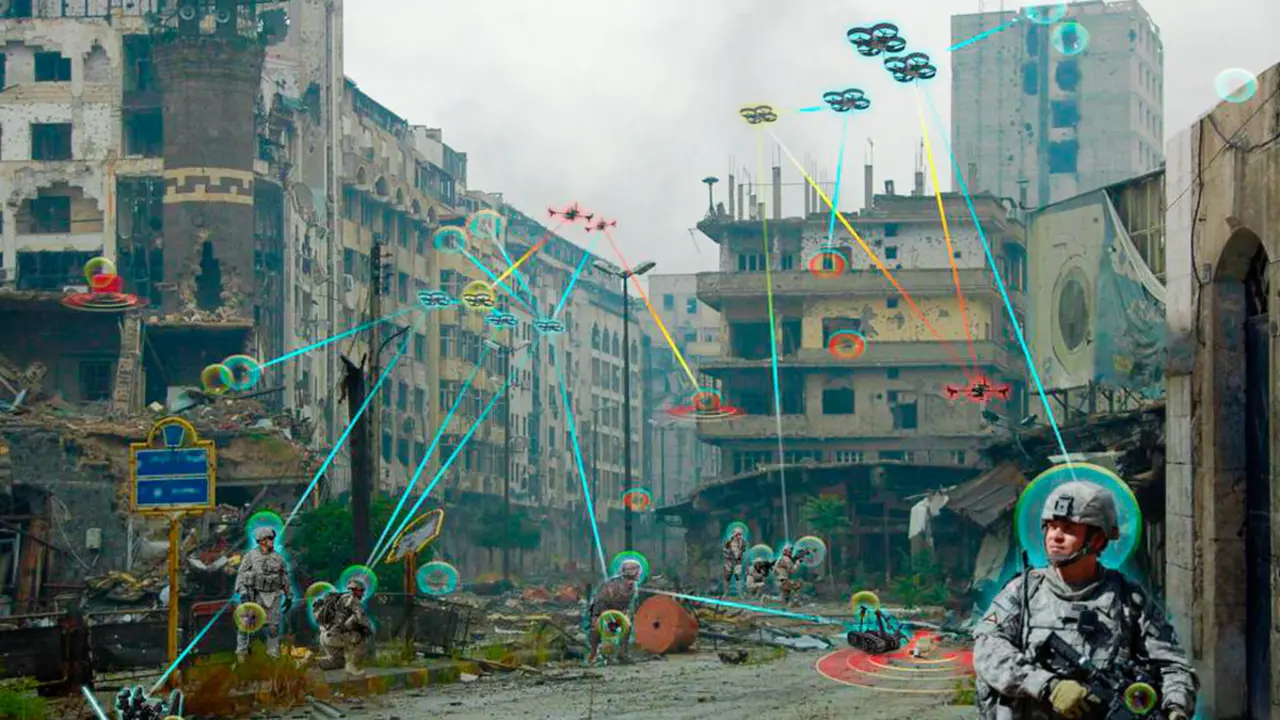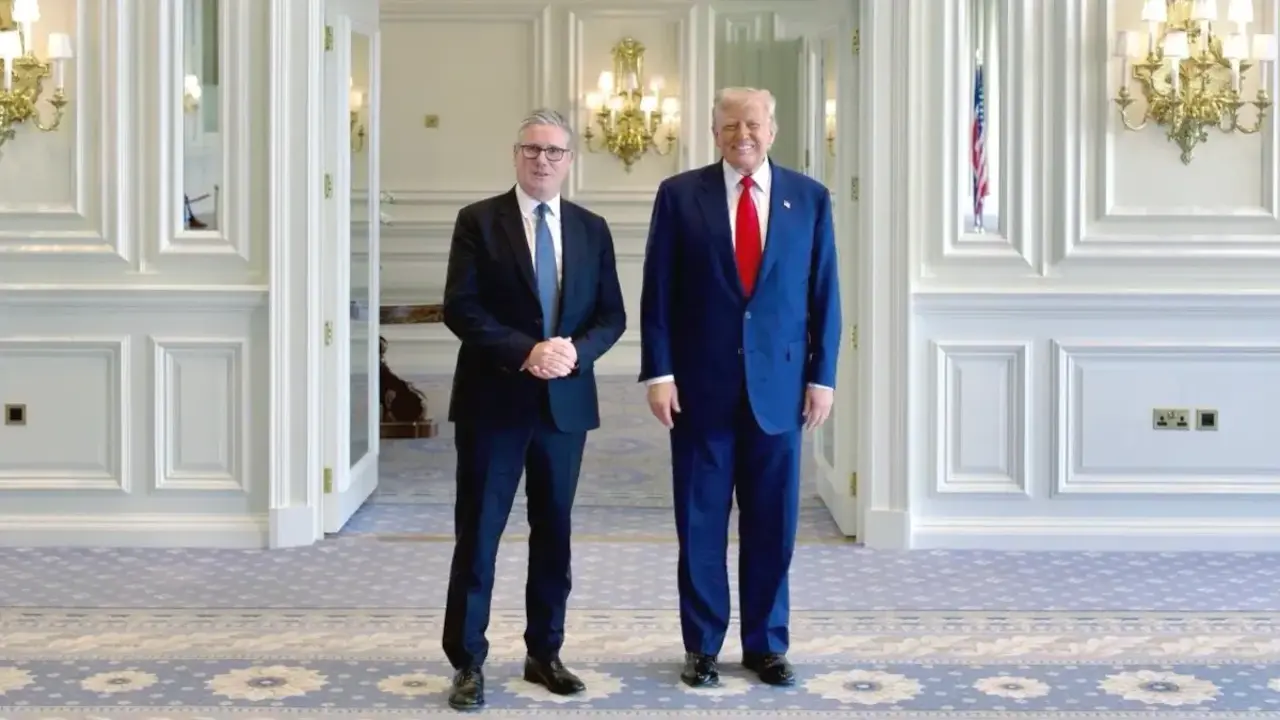Iran acquires Russian Sukhoi-35 fighter planes
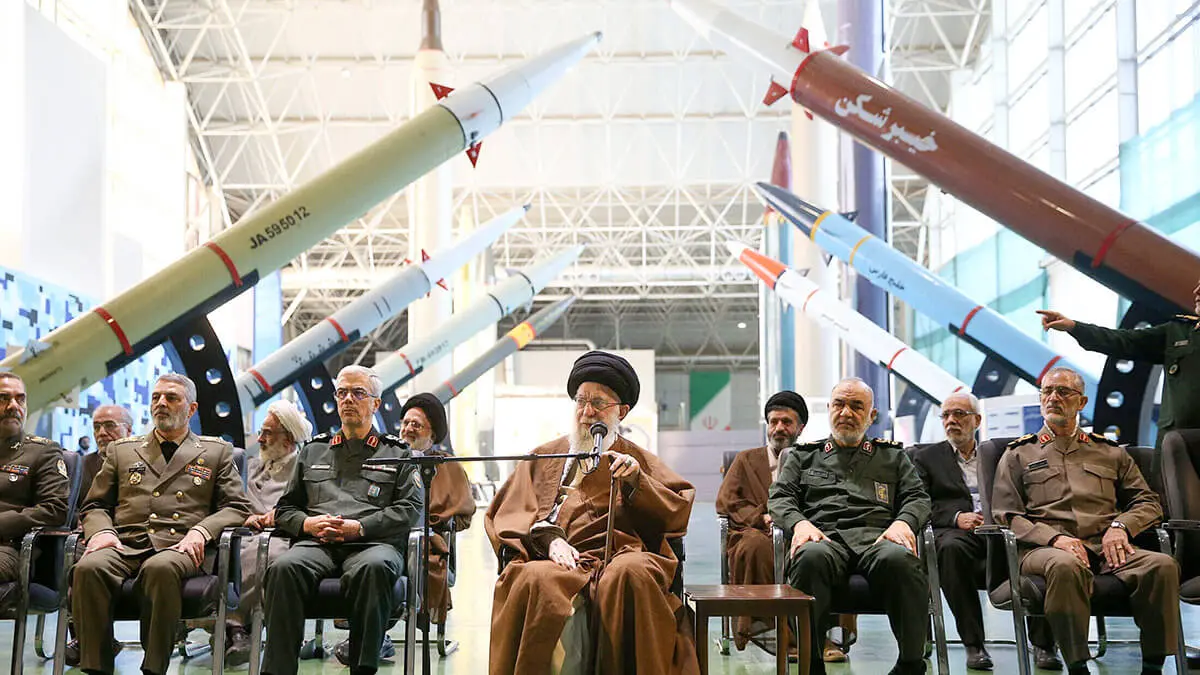
The Islamic Republic of Iran continues to intensify its military alliance with Russia by acquiring Sukhoi-35 fighter planes. This was announced by a senior officer of the Revolutionary Guard, Ali Shadmani, who explained that this purchase will strengthen Iran's military capabilities. In addition, Shadmani assured a regime-affiliated media outlet that ‘the production of military equipment has also been accelerated.’
After announcing this acquisition, Shadmani took the opportunity to issue a threat to his main regional enemy, Israel. ‘If the enemy acts stupidly, it will taste the bitter flavour of being hit by our missiles, and none of its interests in the occupied territories will remain safe,’ Shadmani warned.
The purchase of these aircraft comes shortly after Iran and Russia signed a comprehensive strategic partnership which, although it does not specifically mention arms transfers, establishes that both countries will strengthen their technical-military cooperation.
This is the first time that an Iranian official has confirmed the acquisition of Russian Su-35 aircraft. However, Shadmani did not specify the number of aircraft acquired or whether they had already been delivered to Iran.
Tehran announced its intention to acquire Russian Su-35 fighter jets in 2022. Since then, several Iranian officials have stated on several occasions that Moscow would sell these aircraft to Iran, but these statements never materialised. A year later, in November 2023, the regime's state media claimed that Tehran had finalised arrangements to buy Russian fighter jets.
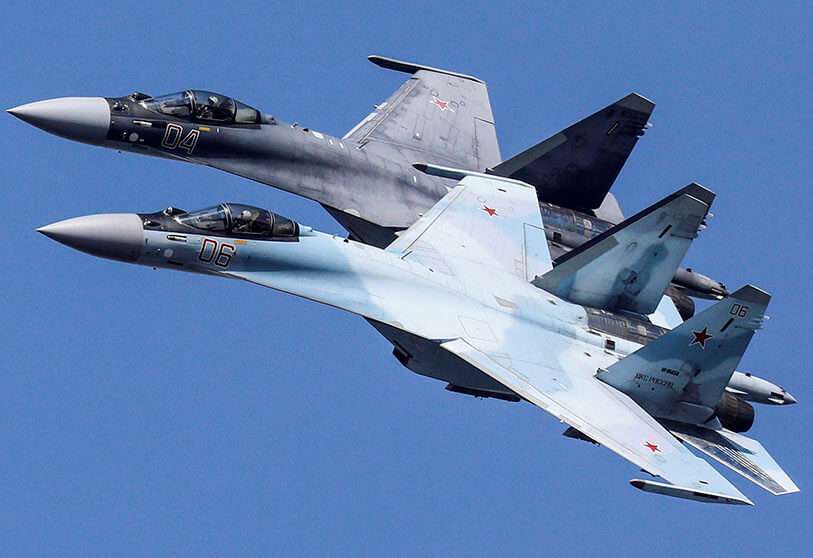
The Iranian Air Force has only a few dozen attack aircraft, including Russian aircraft and obsolete US models acquired before the 1979 Islamic Revolution. Instead, the Iranian regime has prioritised the development of drones and missiles.
In fact, Iran has supplied Russia with hundreds of drones, which have been used to attack Ukraine's military and civilian infrastructure. Moscow denies that its forces are using Iranian-made drones in Ukraine, although these weapons have been shot down in various parts of the country.
In addition to fighter planes, Iran has also shown interest in acquiring other advanced military technologies from Russia, such as the S-400, a mobile surface-to-air missile system.
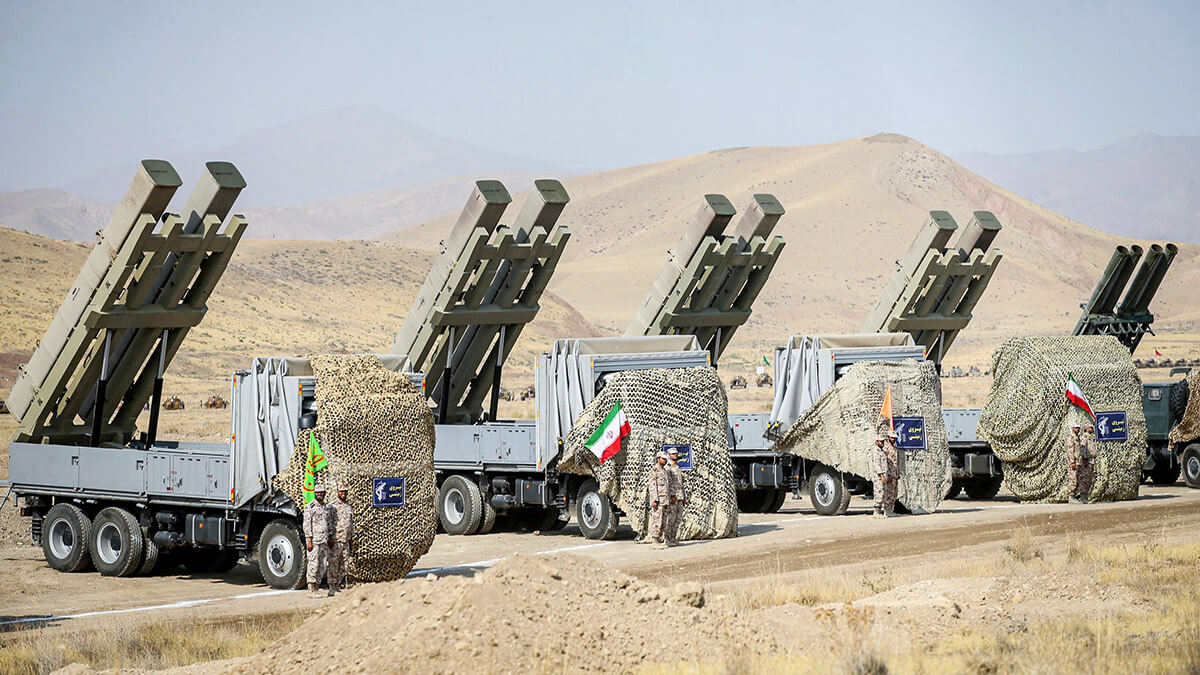
In October, Israeli air strikes in response to an earlier Iranian attack on the Jewish state destroyed the last three S-300 anti-aircraft missile systems supplied by Russia. These systems, which were the last in the arsenal of the Islamic Republic, had been reduced after one of them was destroyed in a similar attack in April, also carried out by Israel.
Although the Iranian authorities have always emphasised their country's capabilities, the limited Iranian attacks against Israel and the forceful Israeli response revealed the great differences between the two forces.
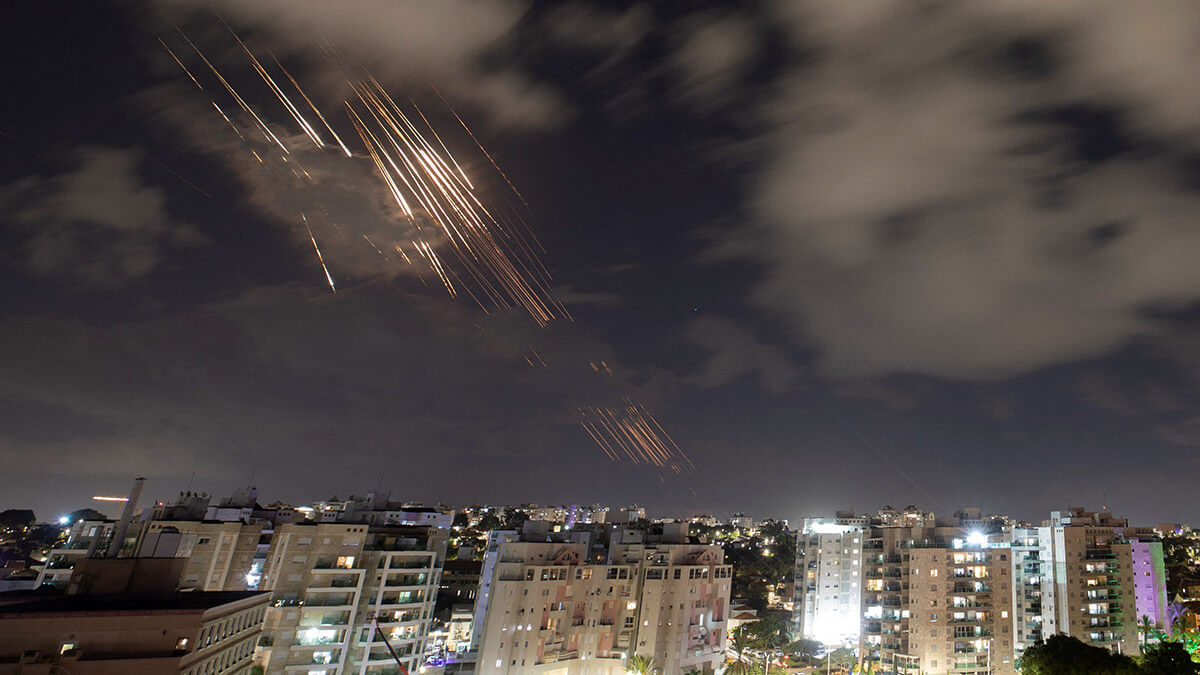
Last October, Iran launched around 200 ballistic missiles towards Israel, most of which were intercepted by Israeli air defence systems. US forces deployed in the region and Jordan also contributed to the interception of the missiles. This attack revealed the great limitations of Iran's military capabilities, affecting Tehran's reputation at the regional level. Furthermore, following this attack, its allies, such as Hezbollah or the Syrian regime, suffered significant defeats, weakening the so-called ‘Axis of Resistance’.

